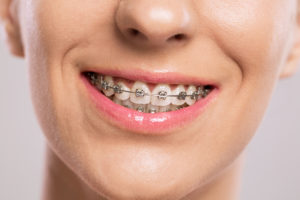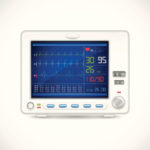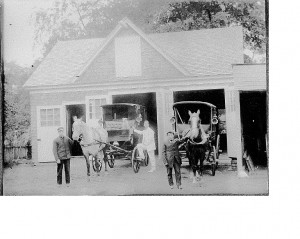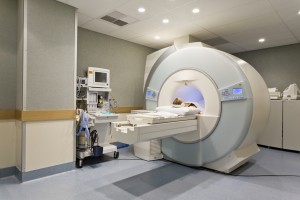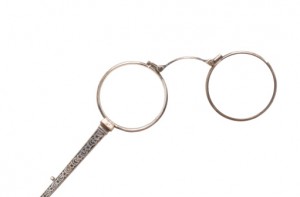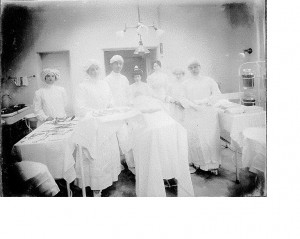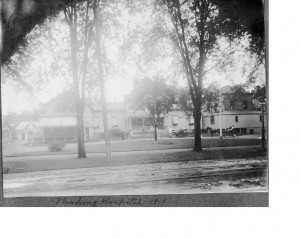More and more people, both children and adults are seeking orthodontic treatment today. Having well aligned teeth is not only important for a nice smile but also for proper dental health.
The importance of having healthy and aligned teeth dates back as early as 1000 BC. The ancient Egyptians and the Etruscans were using material made from animal intestines to move teeth into better alignment. An ancient Roman scientist discovered that by applying finger pressure on teeth for an extended period of time over the course of months would help move teeth into a new position.
The first more modern practice of orthodontics was documented in the early 1770’s. A French surgeon dentist named Pierre Fauchard came up with the concept of the “Bandeau” which was a horseshoe shaped device that gave the mouth a natural arch. Later on in the early 1800’s Francois Delabarre invented the wire crib that was placed on the teeth and help move them into better alignment. In the mid 1800’s dentists began to realize that the jaw and the teeth would have to be aligned simultaneously and this was accomplished by using tiny rubber tubing and wire cribs together.
In the early 1900’s, we entered the era of orthodontics that we are more familiar with today. Back then, dentists would wrap different materials depending on their preference (ivory, wood, copper, or zinc and later on gold or silver) and connect them with bands that helped move the teeth into the desired position. In the 1970’s stainless steel was more widely used and this had the advantage of being less costly and also more flexible than the other materials used previously.
In the late 1990’s, orthodontics changed with the introduction of the invisible braces. In addition to brackets that were placed on the inside of people’s teeth to make it more aestically appealing, clear retainers were also being used which would help to align teeth.
To schedule an appointment with a dentist at Flushing Hospital, please call 718-670-5522.
All content of this newsletter is intended for general information purposes only and is not intended or implied to be a substitute for professional medical advice, diagnosis or treatment. Please consult a medical professional before adopting any of the suggestions on this page. You must never disregard professional medical advice or delay seeking medical treatment based upon any content of this newsletter. PROMPTLY CONSULT YOUR PHYSICIAN OR CALL 911 IF YOU BELIEVE YOU HAVE A MEDICAL EMERGENCY.

